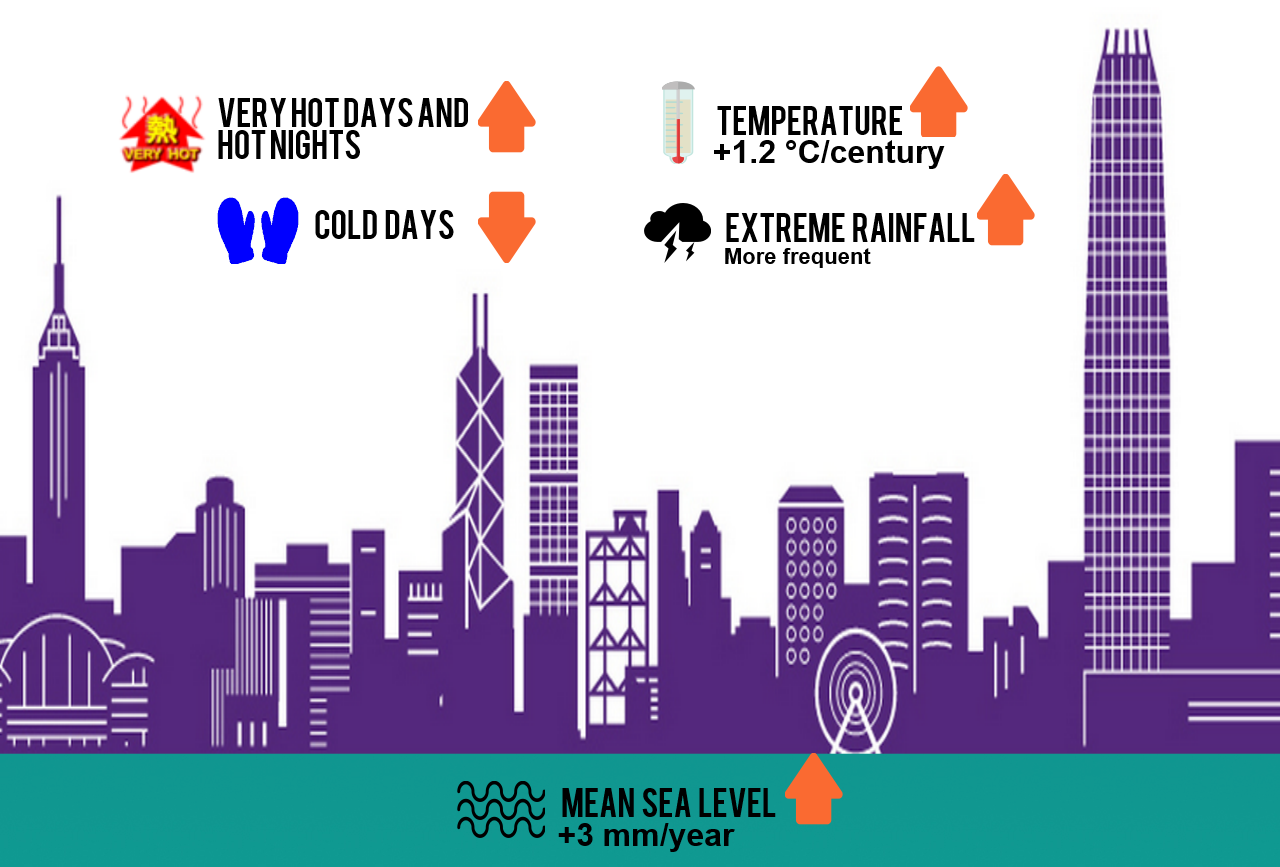As the world is becoming increasingly urban the issue of climate change is evoke many hazards physically and socially due to cities. Some examples of urban hazards include, for example, being more vulnerable to heat waves, heavy precipitation, droughts, and increased cyclone activity causing tsunamis. In additions climate change is causing negative impacts on systems such as economic, causing instability and a possible decline in productivity and efficiency. Since the temperatures are increasing, urban areas are more prone to new disease threats, and it is even more dangerous in a city environment due to the close proximity in which people are packed into cities. Even though there will be an increase in precipitation in certain places, there will also be a strain on the available water. Due to all the negative impacts arising in the time of climate change, urban areas a re seeking to prevent these issues and take governmental action to protect the planet, their cities especially, from the potential hazards ( temperature increase, precipitation irregularities, and sea level trends). Improvements are being made in order to prevent and not just protect, for example, cities are developing and implementing building codes, warning systems, drainage systems, hazard mapping, agriculture insurance, and financial risk pools. Three objectives to help reduce the effects of climate change in the context of cities are characterizing the hazards, identify the largest vulnerabilities in existence, and assess the cites ability to effectively deal with the anticipated negative changes that come along with the changing of the earth;s climate. In cities such as Buenos Aires, Argentina, studies are showing rising sea and river levels, rising recorded temperatures, and an increase of hazardous events such as flooding, rain and storms surges. There are also recordings of an increasing number of droughts in Buenos Aires. In Delhi, India, there is a rapidly increasing urban growth rate of 3.85 percent annual growth. Delhi is experiencing hazard in its rainfall and vulnerability to changes in the indian monsoon cycle. Lagos, Nigeria is and extremely large city and is growing quickly. Lagos is experiencing hazards in terms of climate change due to decreased annual precipitation and temperature increase. The city is experiencing a decrease in rainfall especially in its typical rainy season. Another concern is the coastal storm surges because the changes in climate are projected to cause greater extreme wave heights. During the wave swells, the wave heights are doubling from around .9m-2m to at least 4m in height. The government in Lagos has attempted to tackle the issue of flooding and coastal erosion because these two issues are detrimental to the condition of the city and well-being of the people. New York city is experiencing the impacts of climate change because it is becoming more susceptible to mid-latitude cyclones and nor’easters. These contribute to coastal erosion of areas that help defend from coastal flooding. There is also a rise in temperature and droughts. There is research being done to help prevent and decrease the negative effects by improving infrastructure in anticipation of the changes in climate.

Climate Change and Cities Response
- Posted on: February 1, 2018
- By: quadm497
- With: 0 Comments
quadm497
I am 18 years old from Long Island and have been interested in art and design my entire life. I have years of experience with photography and design and I am majoring in Communications Design. I love exploring new media and learning new ways to create and appreciate art. In the past I have completed freelance photography and design work. I have photographed for varying companies and events and have created custom album cover art for up and coming artists. I would love to continue creating and exploring deign.